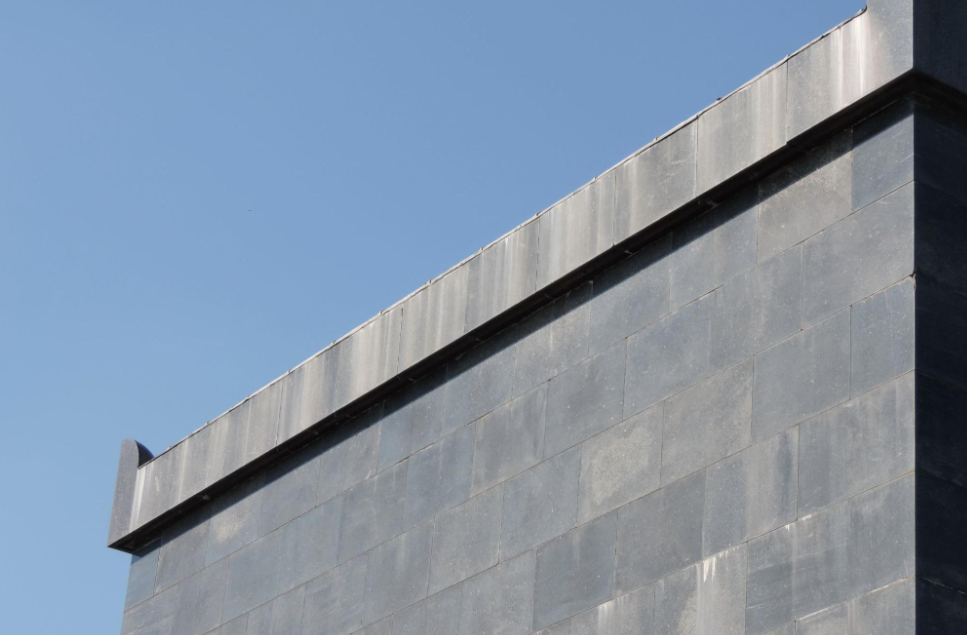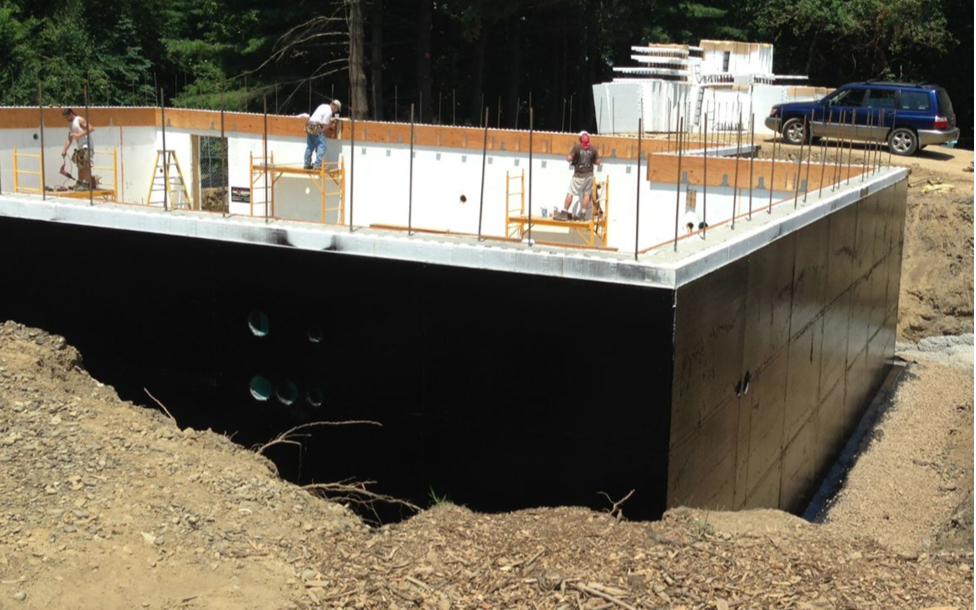
Effective Strategies to Insulate Block Walls

Improving the insulation of block walls significantly enhances energy efficiency, comfort, and durability in both residential and commercial spaces. Block walls, often made of concrete masonry units (CMUs), are sturdy but notoriously poor at retaining heat without proper insulation.
Understanding how to insulate block walls effectively can help homeowners and builders create sustainable, energy-efficient environments.
CMU vs. ICF: What Makes the Difference?
When deciding how to insulate block walls, it’s crucial to distinguish between CMUs and insulated concrete forms (ICFs). CMUs are hollow concrete blocks commonly used in construction. While they are strong, they lack inherent insulation, allowing significant heat transfer. ICFs, on the other hand, combine structural stability with built-in insulation, making them an ideal solution for energy-conscious construction.
Key Differences:
Thermal Efficiency: CMUs need supplemental insulation to achieve acceptable R-values, whereas ICFs offer built-in thermal resistance with R-values ranging from R-17 to R-26.
Construction Simplicity: ICF systems integrate insulation and structure, reducing construction time, while CMUs require separate insulation installation.
Durability and Comfort: ICFs resist mold, mildew, and pests while improving indoor comfort and soundproofing.
For CMU block walls, selecting the right insulation method is crucial to enhancing their thermal performance and overall energy efficiency.
Insulation Techniques for CMU Block Walls

If you’re wondering how to insulate block walls effectively, several methods can enhance thermal performance and comfort. Each approach has unique advantages based on project scope, climate, and budget.
Interior Foam Board Insulation
Rigid foam boards such as polyiso or extruded polystyrene (XPS) can be attached to the interior of CMU walls. This method provides a continuous layer of insulation, minimizing heat loss and thermal bridging.
Advantages:
High R-values, with polyiso offering up to R-6 per inch.
Serves as a moisture barrier to prevent mold and mildew.
Reduces energy costs by maintaining consistent indoor temperatures.
Considerations:
Proper sealing is necessary to prevent air leaks.
The thickness of foam boards may slightly reduce interior space.
Spray Foam Insulation
Spray foam insulation is a versatile option for insulating block walls, particularly in irregularly shaped or hard-to-reach areas. Applied directly to the wall surface, it expands to fill gaps and create an airtight seal.
Advantages:
Offers an R-value of approximately R-5 per inch.
Creates an air barrier, reducing drafts and energy loss.
Helps prevent moisture intrusion and mold growth.
Considerations:
Professional installation is recommended for optimal performance.
Higher costs compared to other methods.
Furring Strips with Batt Insulation
Another effective method involves attaching furring strips to CMU walls and placing batt insulation, such as fiberglass, between them. This approach is often used in retrofits to improve insulation and allow for drywall installation.
Advantages:
Cost-effective and straightforward to install.
Provides space for electrical wiring and plumbing.
Enhances the wall’s aesthetic by enabling drywall finishes.
Considerations:
Thermal bridging can occur if furring strips are not insulated.
Batt insulation is less moisture-resistant than rigid or spray foam options.
While traditional methods can improve CMU installations, care attention must be paid to prevent moisture intrusion, mold and mildew, and structural cracks. An insulated concrete form (ICF) offers a comprehension solution to all these factors plus combining a resilient structural system all in one.
The Advantages of ICFs for Block Wall Insulation
For those considering how to insulate block walls in new construction, insulated concrete forms provide a comprehensive solution. ICFs, such as those offered by Fox Blocks, combine strength and thermal performance into one innovative system. These forms consist of hollow blocks filled with reinforced concrete, surrounded by insulating foam.
Benefits of ICFs:
High R-Values: ICF walls achieve R-values between R-17 and R-23, providing excellent thermal performance compared to CMUs.
Energy Efficiency: Continuous double layer of insulation reduces thermal bridging and ensures consistent indoor temperatures.
Comfort and Durability: Mold, mildew, and pest resistance, combined with soundproofing, create a comfortable living environment.
Moisture and Fire Resistance: Materials used in ICFs resist water damage and provide fire ratings of up to four hours.
Streamlined Construction: ICF systems integrate structure and insulation, saving time and labor costs.
Fox Blocks’ ICFs are a standout choice, offering long-term energy savings, improved comfort, and simplified construction.
Cost-Benefit Analysis: Why ICFs Are a Smart Investment

While the initial cost of insulated concrete forms (ICFs) may be higher than constructing CMU block walls with supplemental insulation, their long-term value makes them a superior choice. ICFs offer built-in insulation, reducing the need for additional materials and labor. Over time, the energy savings achieved through lower heating and cooling costs can significantly offset the upfront investment. Additionally, the durability of ICFs minimizes maintenance expenses, and their resistance to mold, mildew, and pests further enhances their cost-effectiveness. For homeowners and builders looking to achieve low HERS ratings or Net Zero standards, ICFs provide a sustainable and comfortable solution that pays dividends for decades.
Determining the most suitable insulation method requires considering factors like climate, budget, and the specific needs of the project.
How to Insulate Block Walls: Choosing the Right Method
The best method for insulating block walls depends on climate, budget, and the scope of the project.
Climate Considerations: In colder climates, high R-value options like ICFs or foam boards help retain heat. For warmer climates, insulation with moisture control features is ideal.
Budget: While ICFs may have a higher upfront cost, their long-term energy efficiency and durability often outweigh the investment. For retrofits, batt insulation or injection foam may be more cost-effective.
Project Type: New construction benefits from ICFs' integrated insulation and structural capabilities. Retrofit projects may find solutions like spray foam or interior foam boards more practical.
With the right insulation strategy in place, Fox Blocks provides a cutting-edge solution for achieving energy-efficient and durable block walls.
Build Better Walls with Fox Blocks
Fox Blocks’ insulated concrete forms offer a superior solution for constructing and insulating block walls. Our innovative design integrates insulation and structure, enhancing energy efficiency, durability, and occupant comfort. Contact us today for more information!